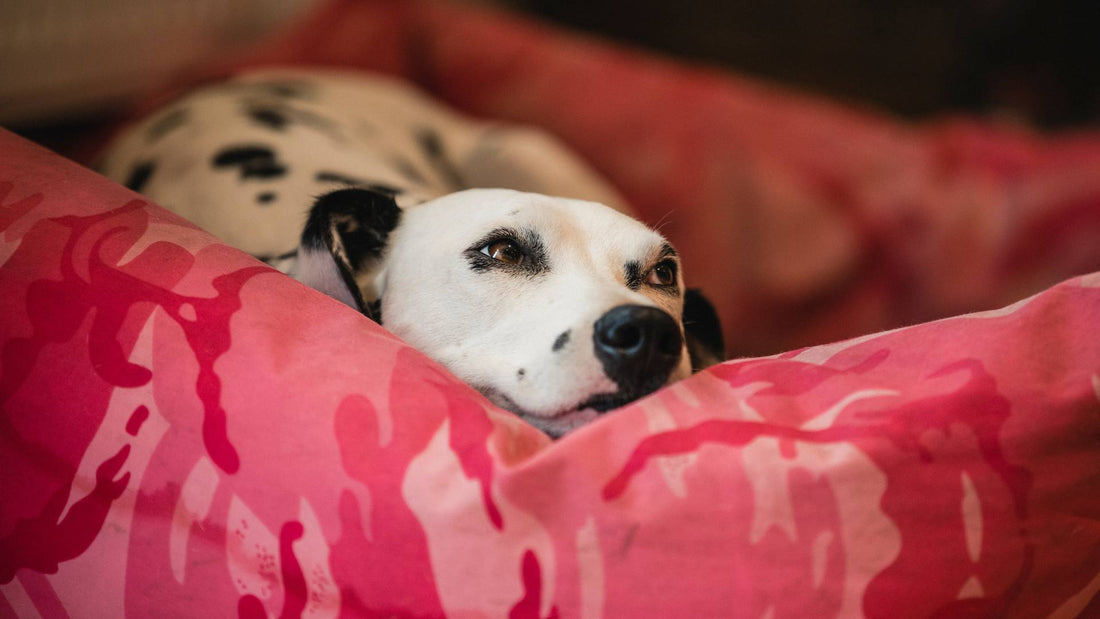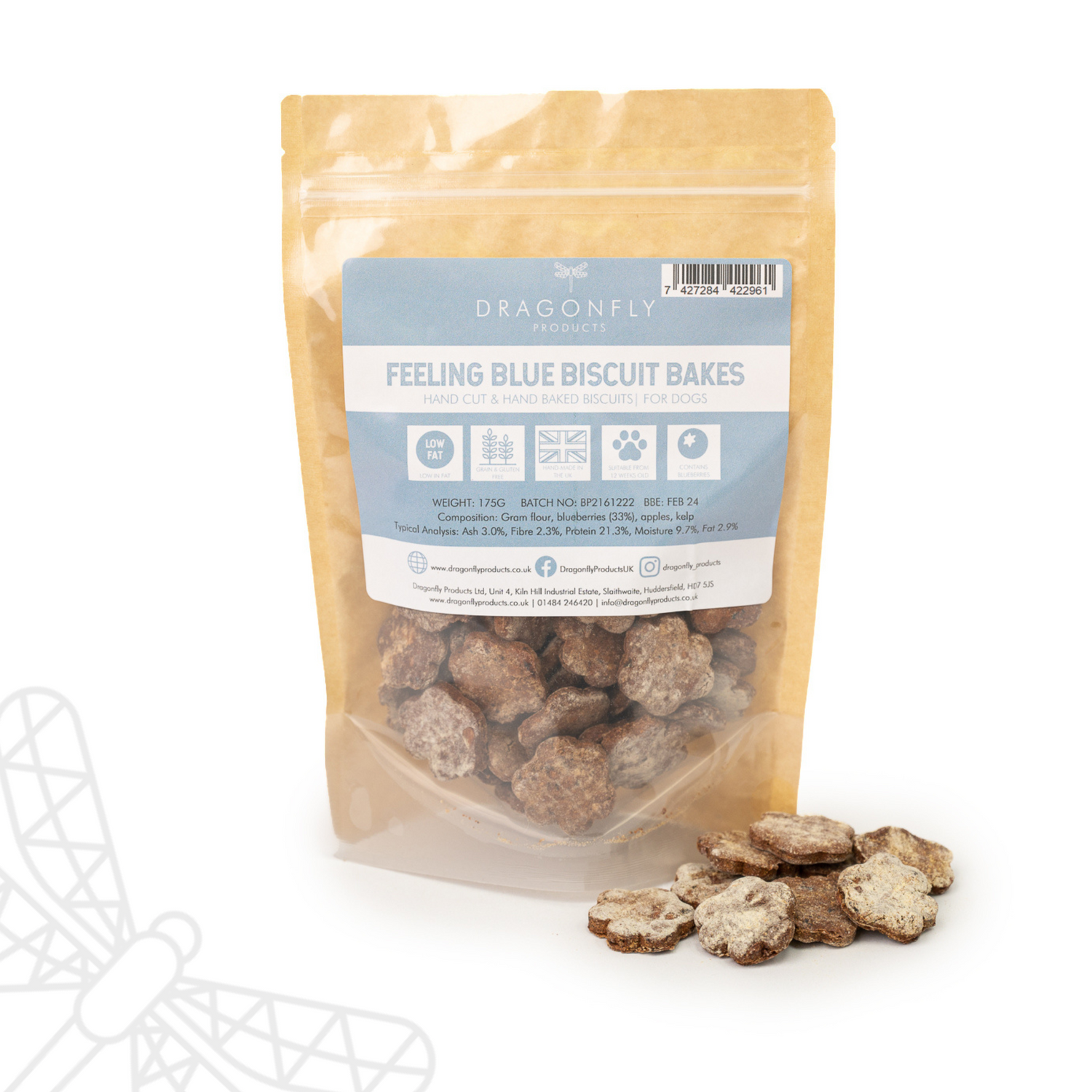
When do female dogs have a heat?
Wondering when your dog will have her first season? It's a common question that can leave many dog owners feeling a bit out of their depth. Generally, dogs experience their first heat sometime between six months and one year old, but it varies widely depending on the breed and individual dog.
This time can be quite an eye-opener as it comes with noticeable changes—think mood swings, spotting, and perhaps your dog seeming a bit off-sort. Knowing what to expect and when can help you navigate this natural part of your dog's life with ease, ensuring she stays comfortable and safe throughout her season.
Table of Contents
- When do dogs have their first season?
- What are the signs that a dog is in heat?
- How often do dogs come into season?
- At what age do dogs stop having seasons?
- What behavioural changes occur during a dog's first season?
- How can I care for my dog during her first heat?
- Do dogs lose their appetite when in heat?
- What should I do to prevent my dog from getting pregnant during her season?
- Is it normal for dogs to bleed during their season?
- How much blood do dogs lose during a season?
- What is silent heat in dogs?
When do dogs have their first season?
Dogs usually have their first heat or season at about six months of age and typically lasts about three weeks, but this can vary widely between breeds and individual dogs.
Smaller breeds often come into heat earlier—sometimes as early as four months old—while larger breeds might not have their first season until they are 18 to 24 months old. It's always a good idea to discuss your dog's specific health and developmental timeline with your vet.
What are the signs that a dog is in heat?
When a dog is in heat, you might notice several signs indicating she is entering this phase of her reproductive cycle. These signs include:
- Swollen Vulva: This is often one of the first physical signs of heat.
- Bloody Discharge: The discharge may start off quite light and become heavier, turning a straw colour or lighter as the heat progresses.
- Increased Urination: Dogs in heat will urinate more frequently, often marking in various spots to advertise their fertility to male dogs.
- Behaviour Changes: Your dog might appear more affectionate or clingy or, conversely, more irritable.
- Licking Genital Area: More frequent licking of the genital area is common due to the discharge and swelling.
- Attracting Male Dogs: Male dogs may become more interested in a female dog in heat, often hanging around the house if they detect the scent.
- Tail Flagging: When in the presence of male dogs, a female might respond to their interest by holding her tail to the side, known as "flagging," which signals her availability.
How often do dogs come into season?
Dogs typically come into season, or heat, twice a year, about every six months. However, the frequency differs depending on the breed and individual characteristics of the dog. Some smaller breeds might come into heat three times a year, while larger breeds may only have one season annually.
At what age do dogs stop having seasons?
As for when a dog stops having seasons, there isn't a fixed age, as it can vary significantly. Most dogs continue to have heat cycles throughout their lives, although the frequency and intensity may decrease as they get older.
In some cases, older dogs might stop having seasons altogether, but this is less common and can vary widely between individuals. Generally, the reproductive cycle does not cease until advanced age, and there is no menopause in dogs as there is in humans.
What behavioural changes occur during a dog's first season?
During a dog's first season or heat, you may observe several behavioural changes that indicate she is experiencing hormonal shifts. These changes can vary depending on the dog but generally include:
- Your dog might become more affectionate towards you and seek more attention and physical contact.
- She may seem agitated or restless, pacing around the house or whining more than usual.
- Some dogs may display signs of nervousness or anxiety, including seeming unusually timid or jumpy.
- There might be a noticeable increase or decrease in her appetite during her season.
- Even if she’s usually indifferent to male dogs, she might show more interest in them and may attempt to escape or find ways to get outside more frequently if there are male dogs nearby.
- In the presence of male dogs, she might lift her tail to one side, known as flagging, which is a signal of her receptiveness.
- She might exhibit mounting behaviour towards other dogs or objects, which can occur in both male and female dogs.
These changes are driven by the hormonal fluctuations associated with the heat cycle and can vary from one dog to another in both type and intensity.
How can I care for my dog during her first heat?
Caring for your dog during her first heat involves attentive management to ensure her comfort and safety. Here are some tips on how to care for your dog during this time:
- Keep Her Contained: Ensure your dog is secure indoors or in a fenced area when outside to prevent unwanted attention from male dogs. Never leave her unattended outdoors during her heat.
- Maintain Cleanliness: The heat cycle involves bloody discharge, so keep her sleeping area clean by placing washable blankets or towels that can be changed frequently. You might also consider using 'doggy diapers' to manage the discharge, especially if your dog stays indoors most of the time.
- Monitor Her Behaviour: Be attentive to changes in her behaviour, such as restlessness or nervousness, and provide comfort and reassurance as needed. Some dogs may seek more affection during this time, while others prefer to be left alone.
- Adjust Her Exercise Routine: While exercise is still important, keep her on a lead during walks to avoid interactions with male dogs. Consider shorter or more frequent walks if she seems restless.
- Provide a Quiet Space: Some dogs appreciate having a quiet, comfortable retreat where they can relax away from noise and activity.
- Consult Your Vet: If you're unsure about how to manage your dog’s heat or if she shows signs of distress or unusual behaviour, consult your veterinarian. They can provide additional guidance and ensure no health issues are complicating her heat.
- Avoid Bathing at Peak Times: While keeping your dog clean during her heat is important, avoid baths during the peak of her cycle when the blood flow is heaviest, as this can be messy.
- Watch for Health Issues: Look for symptoms of infection or complications, such as excessive discharge, foul odour, fever, or lethargy.
Do dogs lose their appetite when in heat?
Yes, it is common for dogs to experience a loss of appetite during their heat cycle. This change is often due to hormonal fluctuations that occur during this period, such as changes in estrogen and progesterone levels, which can impact a dog's appetite, mood, and behaviour. Additionally, some dogs may experience physical discomfort or cramping similar to menstrual symptoms in humans, further contributing to their reduced desire to eat.
Behavioural changes, including increased restlessness, anxiety, or distraction, can also cause a decrease in appetite as dogs may become more focused on their environment or potential mates rather than on food. This effect can be particularly noticeable in unspayed dogs exposed to male dogs, as their instincts may prioritise mating behaviours over eating.
What should I do to prevent my dog from getting pregnant during her season?
To prevent your dog from getting pregnant during her season, it is essential to keep her securely confined and away from male dogs. This means closely supervising any outings and ensuring your garden or yard is secure, as male dogs can be particularly determined. Consider avoiding parks and areas where male dogs are likely to be during her heat period. If necessary, keep her on a lead at all times when outside.
Additionally, you might opt for protective garments like 'doggy pants' to help deter mating attempts and manage her discharge. Consulting with a veterinarian about the timing of her heat and discussing long-term solutions such as spaying could also be beneficial for managing her reproductive health and preventing unwanted pregnancies.
Is it normal for dogs to bleed during their season?
It is normal for dogs to bleed during their season or heat cycle. This bleeding is part of the proestrus stage, the first phase of the heat cycle, which precedes the fertile period (estrus). The duration and amount of bleeding vary between individual dogs, but it typically lasts for about 7 to 10 days.
How much blood do dogs lose during a season?
The amount of blood lost during a season is generally not very much. It might appear more than it actually is due to it being spread out over several days. Most dogs only lose a small amount of blood, and it is usually not a cause for concern. The discharge might start off as a bright red colour and become lighter, turning to a pinkish or straw colour as the cycle progresses.
If you notice excessively heavy bleeding or any signs of illness in your dog during her season, it's advisable to consult a veterinarian to rule out any complications.
What is silent heat in dogs?
Silent heat refers to a situation where a female dog goes through her oestrous cycle but does not exhibit the typical external signs associated with being in heat. This means there might be little to no swelling of the vulva, visible bleeding, or behavioural changes that usually indicate a dog is in heat.
Despite the lack of obvious signs, the female is still fertile and can conceive if mated. Silent heats are more common in younger dogs who are just beginning their reproductive cycles or in older dogs whose cycles are winding down.
However, they can occur at any age. It's important for dog owners to be aware of this possibility, especially if they are not planning to breed their pets, as it can lead to unexpected pregnancies.
In summary, a dog’s first heat typically occurs between six and twelve months of age. During this time, you may notice signs like changes in behaviour, a swollen vulva, and some spots. It’s important to provide extra care and attention to ensure your dog is comfortable. Being prepared can make this natural process easier for both you and your dog.
For any further help and advice please contact us on 01484 246420 and why not join our social media channels and online community on Instagram, Facebook or YouTube.
With Wags and Woofs,
Laura, Dolly & Reggie


